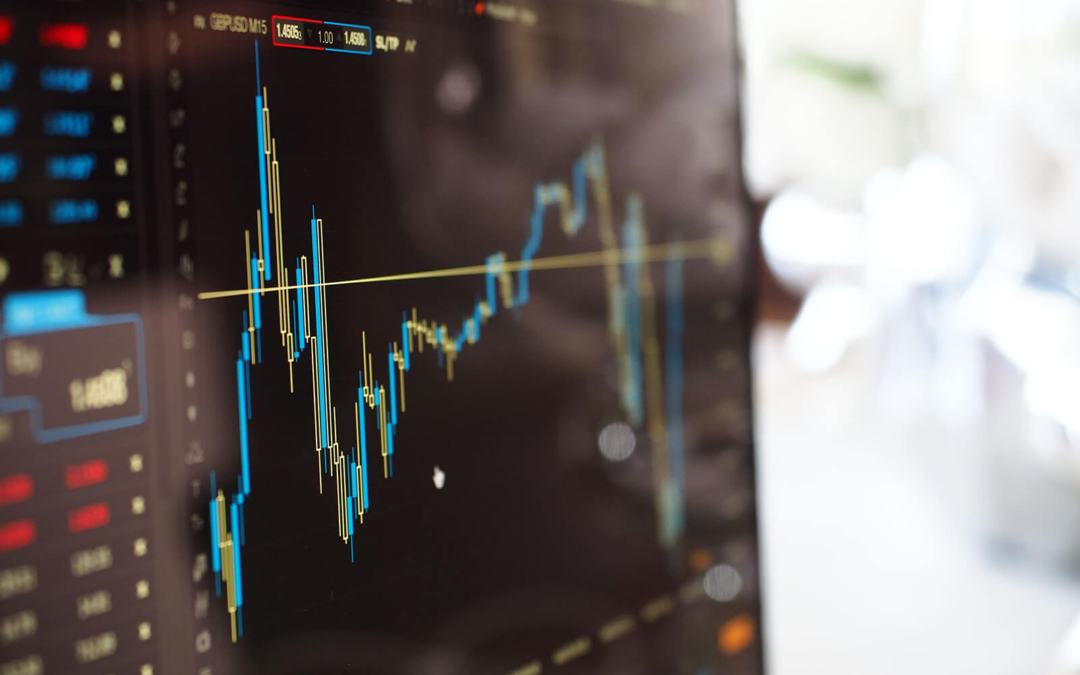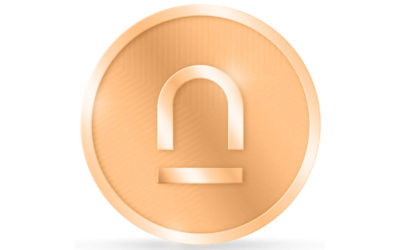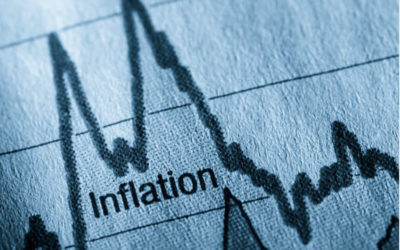Digital Currency and the Paradox of Value

To be sure, a correction is inevitable. Yet, understanding when this correction will occur and to what degree it will jeopardize the fledgling cryptocurrency industry is only possible once we can identify the catalyst of such a correction. It is common for many contemporary economic sophists to claim that the fiat nature of digital currency is enough to undermine the space entirely. But, anyone who purchases a digital currency knows it is just that – a currency. Just as the US dollar can remain a safe-haven after departing from the gold standard partially in 1933 and completely by 1971, so too can new digital currencies offer a very real store of value without holding underlying assets in reserve. Moreover, one could argue that because many of these digital currencies are not inflationary by nature, their inability to be diluted by a central bank defines them as a store of value far more dependable than any other traditional currency that exists today.
There is, however, one structural problem that cannot be solved with a similar rationalization, and that is extreme volatility. The free market will always find it difficult to trust digital currencies if they remain susceptible to the wild price swings that have plagued the space for as long as it has existed. Instability is the greatest threat to prevailing digital currencies, and it is not a minor one. The turn of the new year brought with it a massive selloff of Bitcoin. Plummeting from record highs of nearly $20,000 per coin down to its current value of just under $7,000, the pioneer cryptocurrency has faced strong international regulatory headwinds which will only appear more reasonable in the public eye as volatility persists. While this drop is undeniably significant, it is not the correction or ‘bust’ that so many “hodlers” believe they have lived to see the other side of. Rather, the widespread adoption of bitcoin futures contracts across a plethora of major traditional exchanges is what spurred a rally in prices; as one would expect, prices fell back to pre-derivative levels within a few short months. This was not a systemic correction, this was a speculative correction.
Although this incredible dip in market price is not the bust that everyone believes it is, the devastating losses faced by investors is telling of what the true catalyst of a systemic correction must be. Until now, digital currency advocates have shrugged off criticisms aimed toward the immense volatility of the space, claiming that the more adopters the space has, the less volatile it will be in the future. Yet, bitcoin is hardly a nascent digital currency. With a market capitalization of over $300 billion at its zenith, investors cannot help but wonder when relative stability will be achieved if ever. To be clear, this is not a new observation. The very impetus behind the creation of many new coins is to solve problems that are manifest throughout the economic framework of existing ones. With each ecosystemic and structural improvement, value flees from imperfect coins toward a higher quality medium of wealth storage and utility.
With this, it becomes clear that digital currency skeptics have been right for the wrong reasons: It will not be the absence of public confidence which undermines the value of existing digital currencies, but rather, a surge of confidence in a new type of digital currency. It is inevitable that a uniquely designed coin will emerge that can systemically mitigate price volatility without sacrificing security, liquidity, or possible appreciation. The emergence of this new digital currency has the potential to invoke a flight to quality, the likes of which might only be comparable to the world’s post-World War II adoption of the US Dollar as a global reserve currency. The correction in the existing crypto space as a result of this new entrant is not only unavoidable, but necessary to support the undeterred growth of a worldwide digital economy.
Kyle R. Chapman, Partner, COSIMO Ventures
Recommended Articles
Can Staking Offset Inflation in 2022?
Inflation rates the world over are causing governments and populations some headaches. The current Inflation metrics, including the consumer price index, show that the U.S. rate of 8.6% in May 2022 is the highest level seen since 1981. Figures for the U.S. inflation...
Not your Keys, Not your Crypto: The Importance of Self-Sovereignty
Self-sovereignty, in the context of cryptocurrency, refers to an individual having ownership and control over their own crypto assets. Academics have noted that self-sovereignty, “is frequently associated with the right of individuals to own and control their own...
How Inflation is Shrinking America’s Savings and What You Can Do About It
Consumer prices are measured by the consumer price index (CPI). Economists use this vital tool to assess inflation and deflation before deciding which direction to take with investments. Unfortunately, the bad news is that the CPI for All Urban Consumers (CPI-U)...


